The Samsui Woman Mural Debate – Navigating Artistic Freedom and Censorship
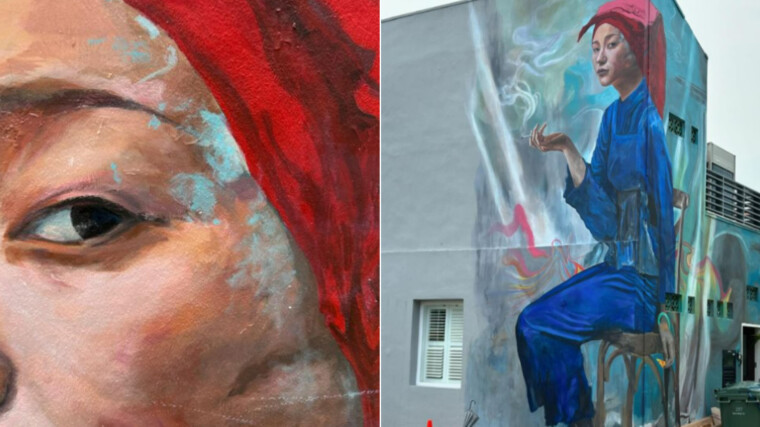
Lining the walkways of 297 South Bridge Road is a vibrantly painted street art mural of a Samsui woman by Singapore-based American artist, Sean Dunston. Sitting relaxed on a chair with a cigarette in her hand, the mural captures a rare moment of leisure for these hardworking women who have shaped Singapore’s landscape.
The mural’s unapologetic realism, which was completed in April before approval was sought, caught the attention of the Urban Redevelopment Authority (URA) who expressed that it was “not aligned with Singapore’s anti-smoking policy stance” and should be removed. URA also brought to light a complaint from an unnamed member of the public who expressed that it was “offensive and disrespectful to our Samsui women. The woman depicted in this mural looks more like a prostitute than a hardworking Samsui woman.”
As the situation evolved, it came to the public’s attention through Sean Dunston’s Instagram post, where an outpouring of support for his art was evident in the comments section. In response to the public outcry, URA ultimately reconsidered and reversed their initial decision to remove the cigarette, acknowledging the community’s perspective on the matter.
While some critics argued that URA’s initial request was an overreach of authority, others saw it as a genuine attempt to ensure that public art aligns with community values and standards. This begs the question of how regulated public art should be and how much creative autonomy artists have to create works that reflect the nation’s culture and values.
How are Samsui Women typically represented?
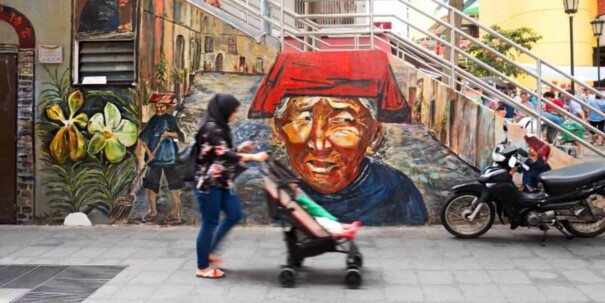
Most murals of Samsui women are typically portrayed in a romanticised or nostalgic way.
As migrants from China who came to work in construction in the 1900s, they endured gruelling physical labour daily, from carrying building materials to clearing debris under the hot sun from 8am to 6pm. Even at the end of a workday, they had to set aside time to prepare dinner for their loved ones.
As such, they are often shown engaged in physical labour such as construction or manual work in remembrance of their contributions towards our development as a country.
However, these artworks often gloss over the more personal and intimate aspects of their lives, neglecting to portray the moments of respite and relaxation that were essential to their wellbeing.
In Dunston’s artistic vision, he explained that “when they came to Singapore, they were young and you don’t really see that kind of depiction. I thought it would be nice to change it up to show a younger woman and catch them in a situation when they were not working.”
A less conventional representation
While others saw it as an authentic piece of history that pushed the boundaries of art reasonably, others felt that it oversimplified the Samsui women’s toil and sacrifices.
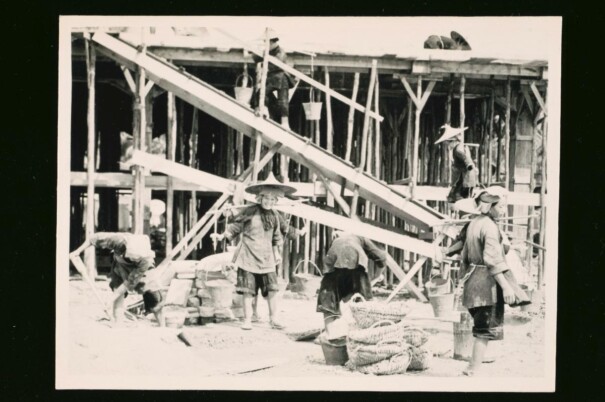
For individuals like Esther Chin who commented on a forum of The Straits Times, she felt that the mural was offensive as it belittles Samsui women. It felt as though the mural did not represent them in its entirety and dismissed their sacrifices and toiling. “If she could afford one [jade bangle], she would not have needed to work for 50-60 cents a day.” especially being “the worker bees of our economy for decades”.
On the other hand, according to AWARE Singapore’s Instagram post, a women’s rights advocacy group, “holding a cigarette in a glamorous way…may inadvertently perpetuate a male gaze that exoticizes female subjects, which could detract from a true appreciation of their contributions.” They added that they “encourage a portrayal that more accurately reflects the robust and rugged spirit of the Samsui women, ensuring their story is told with the respect and authenticity it deserves.”
They later uploaded a follow-up post, apologising for previously suggesting that Samsui women can only be depicted in a single way with preconceived behaviours. After a conversation with artist Sean Dunston, they revised their stance on the artwork and recognised the deeper inspiration of his artwork. Stemmed from the historic ‘bread and roses’ slogan which highlighted the 19th-century US labour and suffrage movement, the mural symbolises the importance of both basic needs [bread] as well as dignity, beauty, and joy [roses] in people’s lives.
There were also some who took it to the extreme such as the unnamed member of the public who associated the cigarette in her hand to that of a prostitute. Not only did it misconstrue the artist’s intention, but also demeaned the livelihoods of sex workers and focused on the objectification of women engaging in a mundane activity like smoking. This drew the attention and comments from Reddit users who pointed out that even “early immigrant workers who worked at the docks are opium smokers” and it was not something to be appalled by. Though the Reddit user does not condone smoking, he acknowledged that it still qualifies as a part of history and associating it with a prostitute “takes a really perverted brain to make that kind of logical leap”.
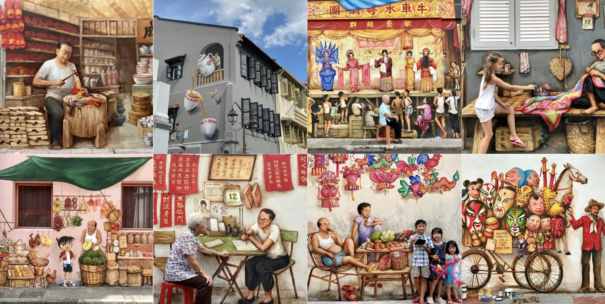
With these responses from the public, Yip Yew Chong, who has painted over 80 murals in Singapore, chimed in on an Instagram post that “art is an artist’s interpretation and intention” and added that the role of art is “much wider than to document actual history, or beautify a place. It is primarily intended to draw emotions, thoughts and conversations. Art is not a camera to preserve a real moment accurately”.
While there were polarising opinions on this art mural, this routine of smoking was a genuine part of their experience which offered a brief escape from the physical demands of their labour. It was also a testament to their humanity and revealed a side of their lives that was often overlooked in the grand narrative of Singapore’s progress.
The role of art in our society
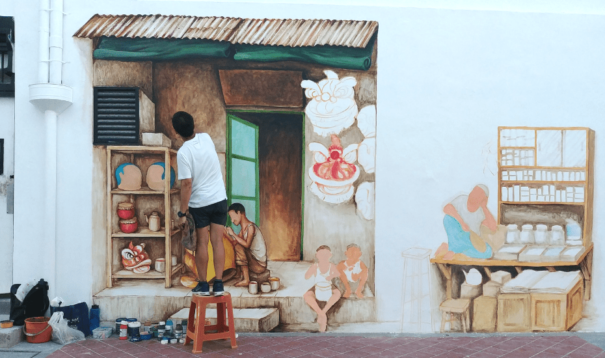
While some might view the cigarette as a nod to historical accuracy, others might see it as a vice that spreads the wrong message. The truth is, neither interpretation is inherently right or wrong – they simply represent different lenses through which we choose to view the art. The intentional choice by the artist in shedding authenticity to the life story of a Samsui woman demonstrates the capacity of art to inspire diverse perspectives and debates.
Art goes beyond colours and imagery but serves as a medium for local artists to storytell and encapsulate our history and heritage. By acknowledging and respecting these diverse perspectives, we can foster a richer appreciation for art and its ability to spark meaningful conversations and debates like these.
Through more open dialogue, it embraces the endless possibilities of art where artistic expression can thrive in a more culturally diverse and inclusive society.

No comments
Share your thoughts! Tell us your name and class for a gift (: